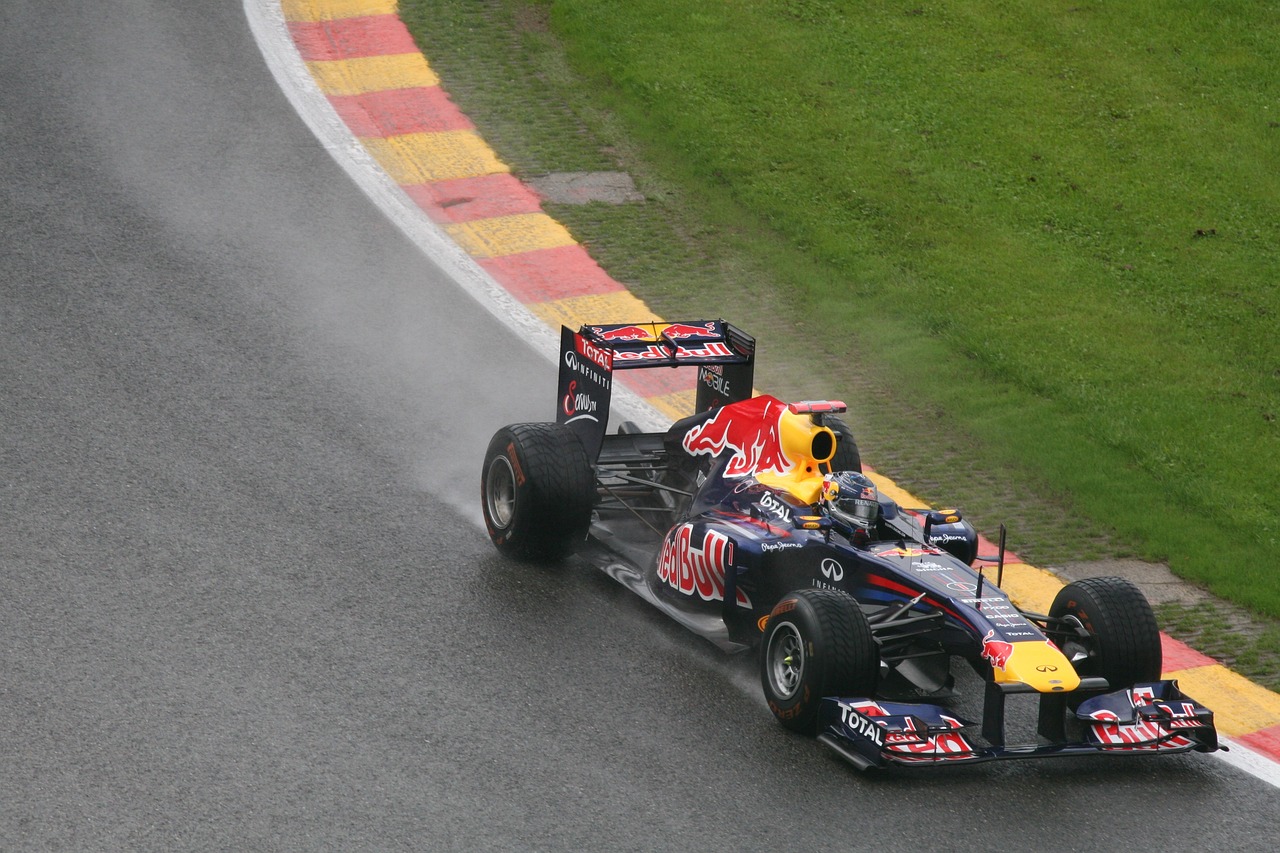Exploring the Physics Behind F1 Cars
Formula One cars are some of the most high-performance machines ever to take to a track. From their lightning-fast engines, to their aerodynamically designed chassis and wings, these racecars have been finely tuned for maximum speed. But just how much power do they generate? What kind of g-force can an F1 car pull?
When it comes to speed on the track, acceleration is key. Acceleration is determined by two factors: force generated from the engine, and traction provided by tyres gripping onto tarmac. The more force that can be applied in the shortest amount of time will result in higher acceleration numbers – meaning faster lap times!
F1 engines provide drivers with upwards of 900 horsepower – enabling them reach speeds up to 200mph (320 km/hr). This incredible power allows drivers’ vehicles to accelerate from 0-62 mph (0–100 km/hr) in around 2 seconds! Furthermore, F1 cars experience a huge amount of G forces when cornering. Cornering Gs represent a sideways force that’s put on drivers’ bodies as they navigate turns at top speeds. Depending on how fast an F1 car goes through a turn and its size , cornering Gs can range anywhere between 3-5Gs!
The Science Behind High-Performance Racing
To better understand how much acceleration an F1 car pulls, we must first look at Newton’s Second Law of Motion – Force = Mass x Acceleration (F = ma). In this equation, mass represents both driver and vehicle weight combined, while the acceleration is equalized by the rate per second or meters per second squared (m/s²). By taking into account all three values, we can find out how much total force is being applied whenever an engine runs at full capacity!
Additionally, since friction plays such a large role when accelerating quickly from low speeds – engineers must consider tyre grip levels too when designing Formula One cars for optimum performance. Tyres which don’t produce enough grip could significantly reduce overall power output resulting in slower lap times but also decreasing safety margins as well; so balancing between grip and speed becomes crucial during development phases .
Conclusion
Formula One cars offer some truly impressive feats, thanks largely due to their highly optimized design features like aerodynamics and powerful engines producing over 900 horsepower each race day! With such tremendous amounts of energy being exerted every second, these vehicles are able to push themselves beyond what seems possible with physics alone, allowing drivers not only reach extreme velocities but also achieve astonishing g forces too while navigating corners without compromising safety margin either!

